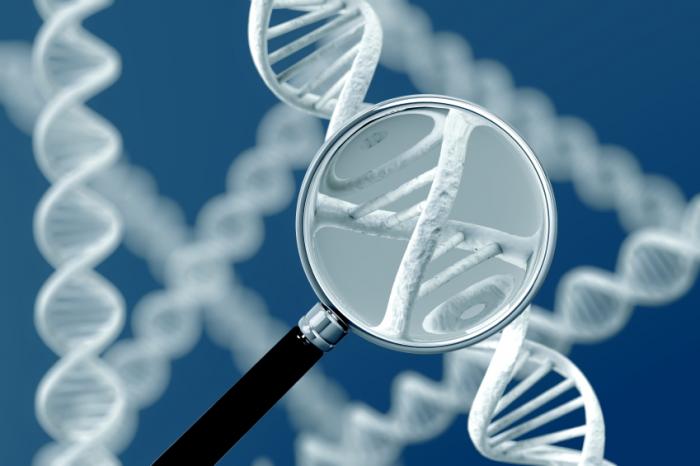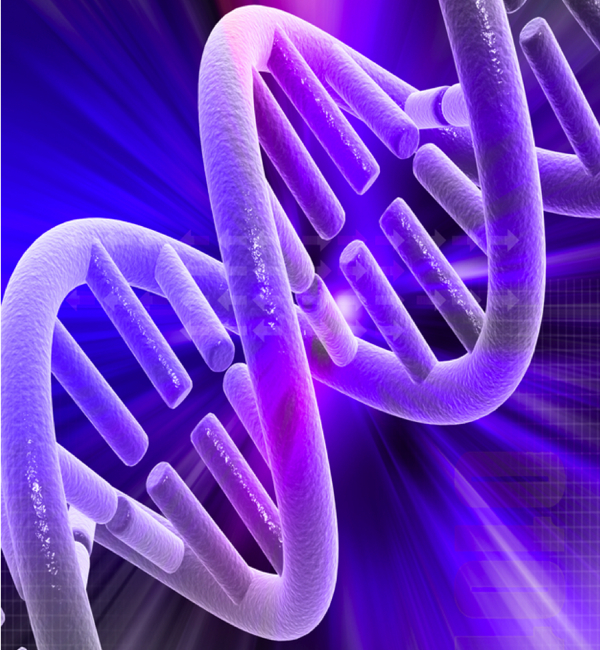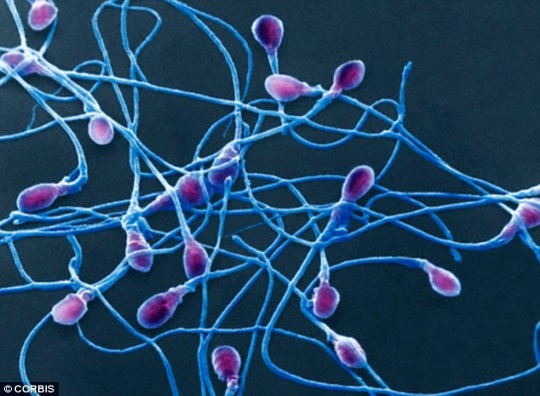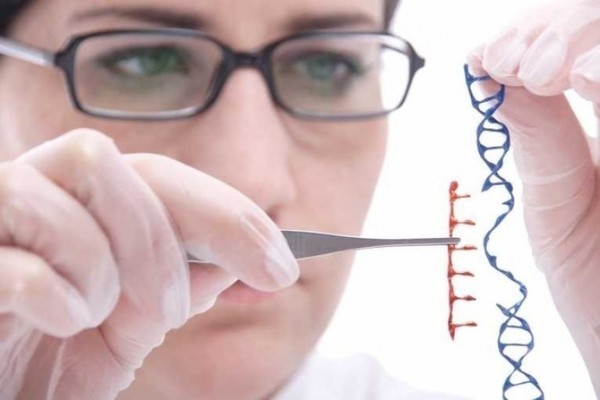12 New Discovered Genetic Causes for Rare Developmental Disorders
According to the researchers in a paper published in Nature, up to half of children with severe developmental disorders of probable genetic origin go without a genetic diagnosis for their conditions.
The Deciphering Developmental Disorders (DDD) program aims to remedy this and will analyze data from 12,000 families taken from across the UK and Republic of Ireland. It is the largest nationwide and genome-wide diagnostic sequencing program in the world. "Working at enormous scale, both nationwide and genome-wide, is critical in our mission to find diagnoses for these families," explains Dr. Helen Firth, the clinical lead for the DDD program. The initial findings come from analysis of the first 1,133 samples of data and have resulted in a 10% increase in the proportion of patients that can be diagnosed. How the program works The DDD began in 2010 and is the collaboration between the British National Health Service (NHS) and the Wellcome Trust Sanger Institute - a charitable foundation that supports medical research. Funding for the project is provided by the Wellcome Trust and the British Department of Health. Involving 180 clinicians from 24 different regional genetics services, the DDD project has so far comprehensively analyzed every gene in 1,133 children with rare developmental disorders. All the clinical information for these participants is compiled into a database alongside the genetic variants from each patient's genome. The database allows the researchers to compare data for patients who live hundreds of miles apart. If patients with similar symptoms are found to have similar genomic mutations, the search for causative mutations for certain disorders becomes more focused. "This project would not have been possible without the nationwide reach of the UK National Health Service, which has enabled us to unite a number of families who live hundreds of miles apart but whose children share equivalent mutations and very similar symptoms," explains Dr. Firth. Out of the 12 newly identified genetic causes for developmental disorders, four were discovered after observing identical mutations in two or more unrelated children living at great distance from each other. Elsewhere, a new, distinct dysmorphic syndrome was found by the researchers after assessing the similarity in symptoms and facial features of two unrelated children with identical mutations of a particular gene. PCGF2, the gene in question, is involved in the regulation of genes crucial to embryo development.
Sharing the information globally Each newly discovered disorder such as this was found to be caused by new (de novo) mutations rather than ones that were present in the genomes of the patients' parents. The DDD has thus demonstrated the importance of using parental genetic data, helping researchers to filter out inherited benign mutations when searching for causes. Despite the great strides that the project has made thus far, a number of children whose genetic data are being investigated will still be without diagnosis. In an attempt to expand their work, the DDD team is sharing limited and anonymized data on these particular children internationally using the Decipher database. Senior author and principal investigator Dr. Matt Hurles explains the importance of global information sharing: "There is a clear moral imperative for both clinical testing laboratories and research studies to share this information globally. DDD and DECIPHER have demonstrated that large-scale data sharing can give families the diagnoses they so urgently need; diagnoses that simply cannot be made by looking at the data in isolation.” Being able to make a formal diagnosis provides a foundation to the search for treatments, as well as giving patients better support, clinical management and helping to inform any choices they may make. The DDD project has already made good progress, and hopefully more patients with severe and poorly characterized disorders will come to benefit from the work. Written by James Mclntosh Retrieved From: http://www.medicalnewstoday.com/articles/287387.php
|
|


















